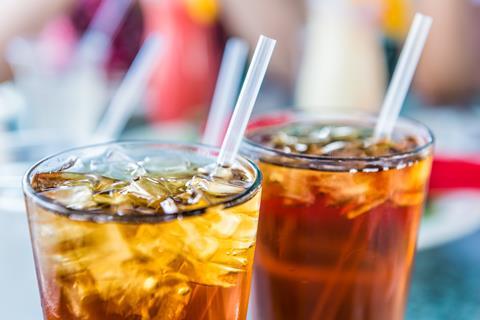
Focus on Soft Drinks: The sugar tax one year on by Rob Brown
Download feature synopsis here
Publishing: 27 April
Advertising deadline: 29 March
Submissions deadline: 22 March
How things can change in a year. Last April, the government’s long-awaited levy on sugary soft drinks came into force. Within a day, consumers had started a petition calling on Westminster to reverse the tax on their favourite pick-me-ups. Experts debated whether such a policy could really incite behavioural change. Fast forward to today, and the levy has become firmly embedded in the grocery industry. Early results suggest it could indeed be steering consumers towards less sugary options. So just how successful has the sugar tax been? How has consumer behaviour changed? To what extent is that down to price, and to what extent has it been led by the giants offering tastier reduced sugar offerings, or removing sugar-laden drinks from their portfolio altogether?
Key themes:
Behavioural change: How have consumers reacted to the levy? How have volumes of sugary soft drinks been affected? To what extent have diet/reduced-sugar offerings broadened their appeal?
Reformulation: How successful have reformulation efforts been? Who has stuck to their guns and kept their sugary options? Who has reformulated their flagship lines and what has the reaction been?
Innovation: Branded players have focused on innovation as a means of drawing punters into its reduced sugar offerings. Who is doing this and has it worked? It this succeeding in injecting some excitement into the diet drinks arena?
Merchandising: How has merchandising played a part in pushing consumers towards less sugary drinks? Has the emphasis changed in store?
Profiteering: Prices appear to have risen at a far faster rate than the sugar levy would explain alone. Are companies taking advantage of the sugar levy to charger much higher prices?
Reformulation highs and lows: Examples of reformulated drinks, when they landed on shelves, and how they have performed.
Top 10 carbonates: Using Nielsen commentary, we explain the reasons behind the rise and fall of the top 10 brands.
Rise of the seltzer: In the wake of the sugar tax, will the seltzer be the new soft drink of choice? They have a huge market in the US and brands like Ugly are trying to replicate that over here.
Top 10 bottled water: Using Nielsen commentary, we explain the reasons behind the rise and fall of the top 10 brands.
Top 10 juices: Using Nielsen commentary, we explain the reasons behind the rise and fall of the top 10 brands.
Shopper Intelligence: Using Shopper Intelligence data, we explain how consumers are shopping the soft drinks aisle
Kantar data: Using Kantar commentary, we explain the reasons behind the rise and fall of the soft drink sub-categories.
Streetbees data: Consumer research reveals how shoppers have adapted to the sugar tax.
Focus on Soft Drinks: The packaging conundrum by Rob Brown
Publishing: 27 April
Advertising deadline: 29 March
Submissions deadline: 22 March
If sugar is the most talked about evil in soft drinks, then packaging comes a close second. Consumers are wising up to the environmental impact of plastic, in particular, like never before. But conversely, consumers are now believed to be buying soft drinks in smaller doses – so a 500ml rather than a 2 litre bottle. So how has the amount of packaging in the soft drinks industry changed? What are the major players doing about it? And how is consumer behaviour changing?
Key themes:
Packaging types: How have the types of materials used in packaging changed? To what extent are manufacturers looking to use more recycled PET and glass?
Recycling: Coca-Cola has been vocal about encouraging more consumers to recycle. It wants 100% of its bottles to go to recycling facilities by 2020. But is this ambition anywhere near close to being realised?
Deposit return scheme: How will government plans for a deposit return scheme change the amount of soft drink bottles thrown away?
Nielsen data: Using Nielsen figures, we explain how the total amount of packaging in the soft drinks market has changed.
DRS abroad: How has the deposit return scheme worked in other countries? Just how much of a difference can it make in the UK?
Packaging innovations: The most innovative ways to tackle plastic packaging from around the world
Glass vs plastic: Glass was widely perceived to be better for the environment than plastic, those perceptions may not be strictly true. So which material would win the sustainability battle?
Focus on Soft Drinks: What we’ve learned from the CO2 crisis by James Halliwell
Publishing: 27 April
Advertising deadline: 29 March
Submissions deadline: 22 March
Conditions could hardly have been more perfect for the soft drinks market. Last summer not only heralded a solid performance from England in the World Cup, but Brits were also enjoying some consistently scorching temperatures. Then the C02 crisis hit. Suddenly, a key ingredient of fizzy drinks – and one that is not often considered by consumers – was in short supply. The impact seemed to be sudden. Some soft drinks bottling plants refused to take any more stock for the foreseeable future, and some retailers put out of stock warnings on own label fizzy drinks. Others remained suspiciously tight-lipped about their supply situation. Yet some companies seemed to thrive in the disaster. So how did the crisis affect the industry as a whole? What separated the winners from the losers? And what lessons have been learned for the supply chain?
Key themes:
Winners and losers: Some companies claim they actually saw sales increase over the course of the shortage as rivals struggled to get products on the shelves. Who dealt with the shortages best? And who struggled?
Supply chain: What was the key to managing the issue? What lessons have been learned?
Risk factor: What is the danger of this situation occurring again?
Downloads
Focus On Soft Drinks
PDF, Size 0.36 mb



![XOXO-Product-Shot[ALL FLAVOUR]-Sky-1920x1080](https://dmrqkbkq8el9i.cloudfront.net/Pictures/274x183/4/9/2/355492_xoxoproductshotallflavoursky1920x1080_806584_crop.jpg)




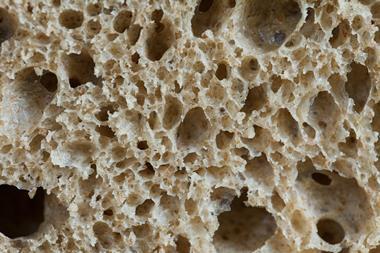
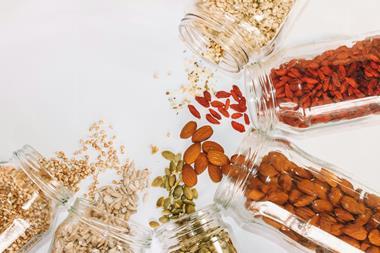
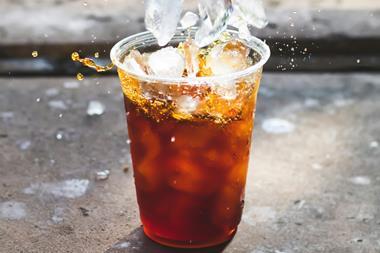
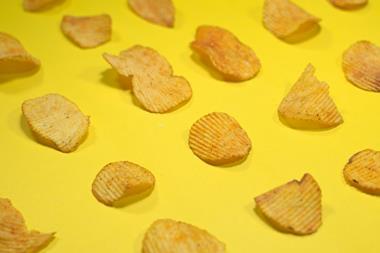
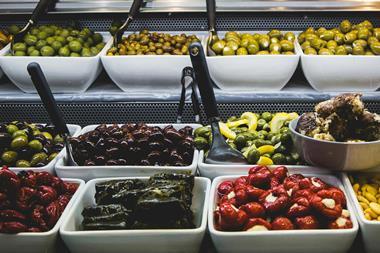
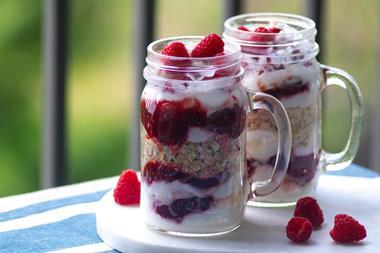
No comments yet